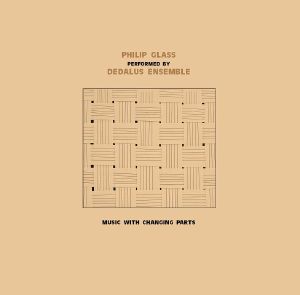Back catalogue: Modern Classical
Juno's full catalogue of Modern Classical
Alben
Pale Ravine (20th Anniversary Extended Edition) (CD limited to 300 copies)
Cat: MIACD 035. Rel: 30 May 25
Review: Deaf Center's debut LP gets a 20-year anniversary reissue on CD, pairing the original 2005 album with 20 minutes of unreleased material from the same sessions. Originally out on Type, Pale Ravine marked the first full-length by Erik K Skodvin and Otto A Totland, who've since carved solo paths via Sonic Pieces. Drifting between chamber composition, shadowy electronics and the hiss of old tape, the record draws on their Norwegian roots and personal family histories. Grainy textures, ghostly pianos and wind-blown field recordings conjure a mood somewhere between forgotten reels of silent film and weather-worn Nordic folklore.
… Read more in stock $21.58
Song Of The Earth (CD)
Cat: N 7899757. Rel: 23 May 25
in stock $19.05
Cat: SR 561. Rel: 19 Jun 25
Review: Composed in New York by the Baltimore-born minimalist Philip Glass and released in 1971, Music With Changing Parts was the album that put his vivid, colour-rich sound on the map, marking a shift away from the ultra minimal 600 Lines (1967) and Two Pages (1968). Performed with free instrumentation, the piece allows musicians to switch between eight staves at specified cues, generating abrupt shifts in texture and timbre. Though its melodic material remains tightly looped and minimal, changes in orchestration continuously refresh the sonic landscape. Most striking is the psychoacoustic illusion Glass observed during rehearsals: when multiple players repeated the same short patterns, sustained tones seemed to emerge on their own. He eventually formalised this in the score, permitting long notes to enhance the effect. What results is a hallucinated resonance that pulses and flickersian early indication of the harmonic depth he would later bring to works like the miestone Einstein On The Beach.
… Read more in stock $14.57

 USD
USD







